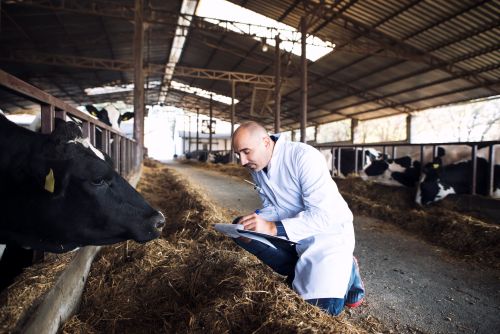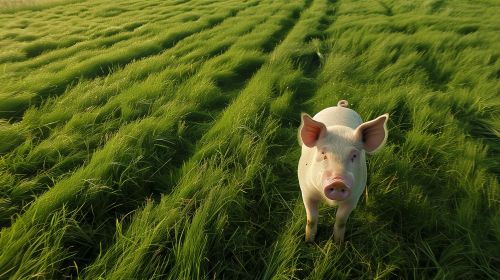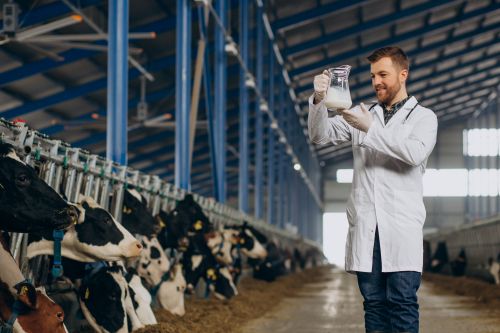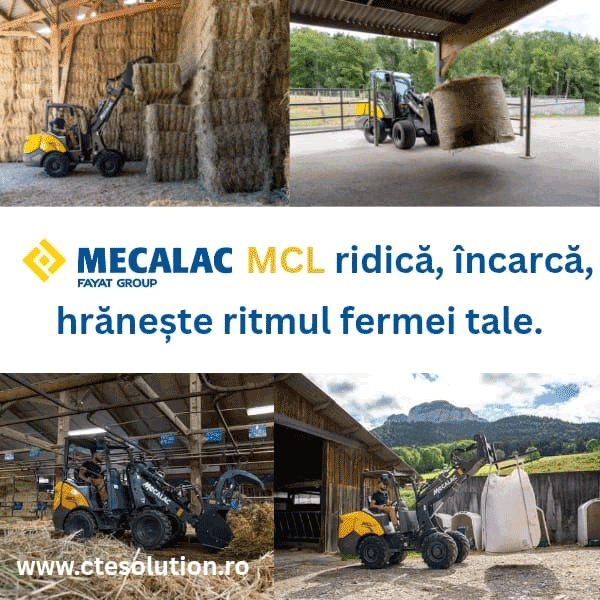351
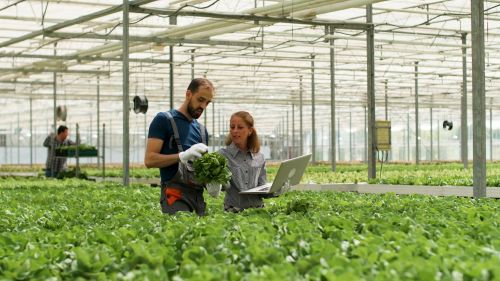
The future of Romanian agriculture depends on how new generations of farmers are formed. According to DG AGRI (2024), EU member states that have consistently invested in agricultural education have recorded productivity increases of 20–25% over the past decade. Romania, however, is still in an institution-building phase, with only 36 active agricultural high schools and a vocational training network insufficiently connected to the real needs of the market.
Through the National Strategic Plan (PNS) 2023–2027, AFIR finances training courses in farm management, digitalization, renewable energy, and precision agriculture. In 2024, more than 7,000 farmers benefited from training programs supported through interventions DR-30 and DR-33, according to the official report. In parallel, the Ministry of Agriculture and Rural Development (MADR) launched an initiative to revitalize agricultural high schools through public-private partnerships with companies from the agri-food sector.
Professional training is not only a condition for performance, but also for access to financing. Banks and agricultural credit agencies increasingly require proof of managerial and technical competence when approving investment projects. In this context, trained farmers become more bankable, efficient, and capable of adopting technological innovations.
In the long term, the success of Romanian agriculture will depend on the ability to turn agricultural education into a true pillar of development, not a bureaucratic formality. The agriculture of the future will be built not only in the field, but also in the classroom.
(Photo: Freepik)

